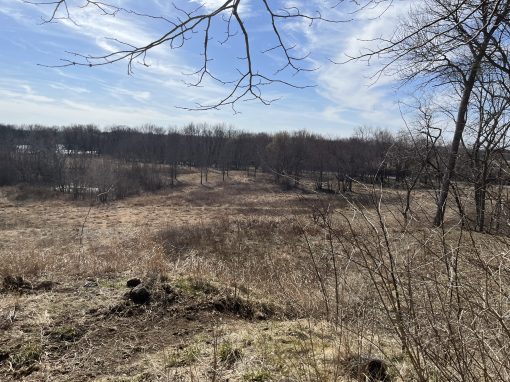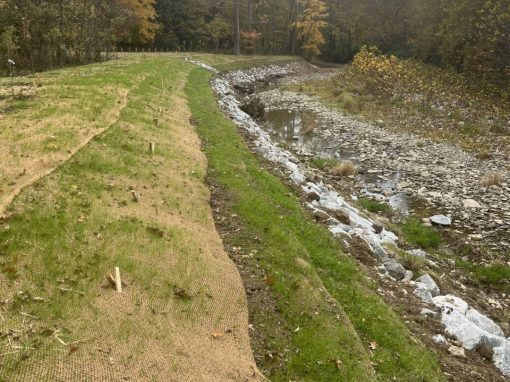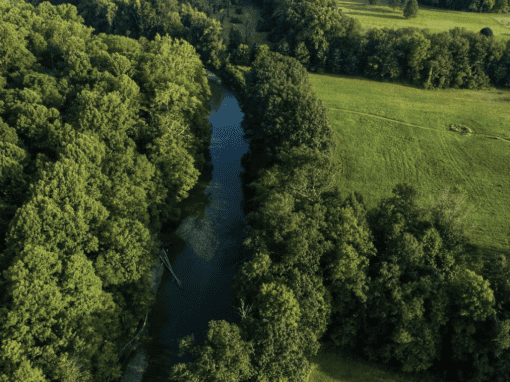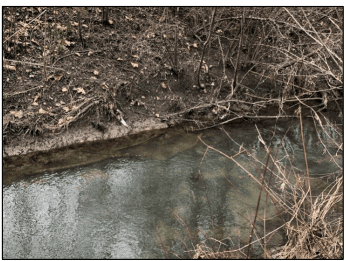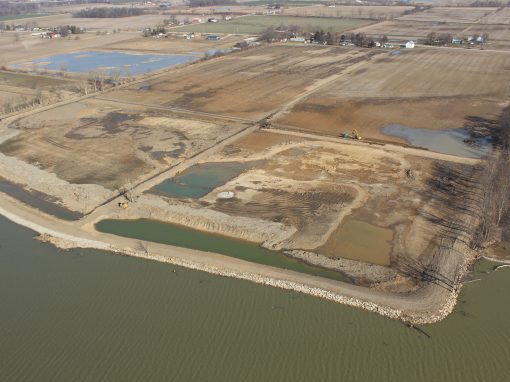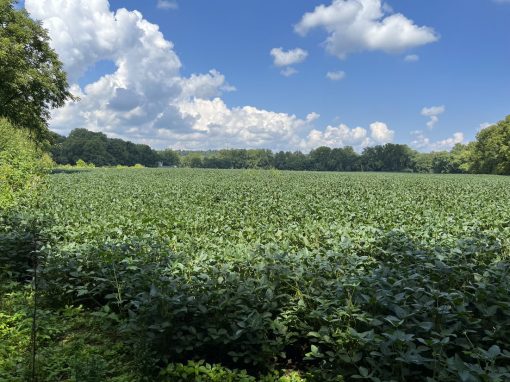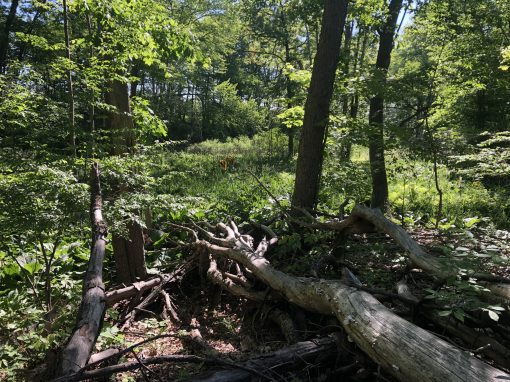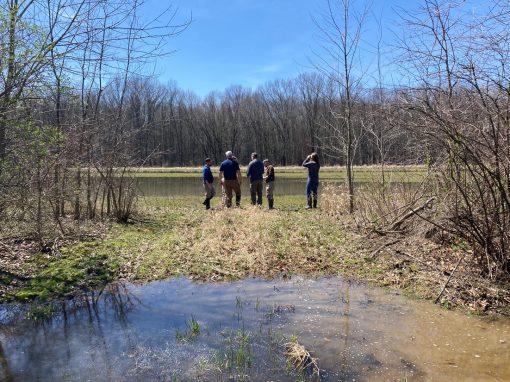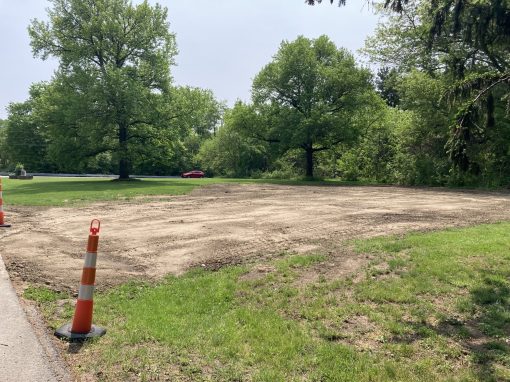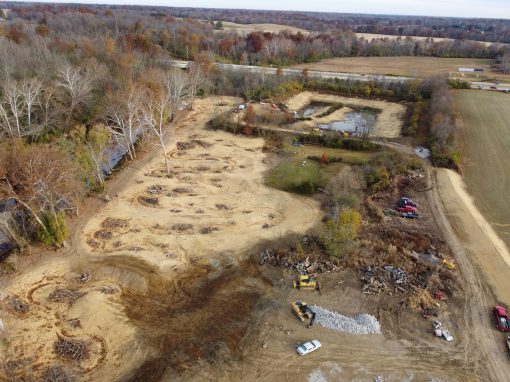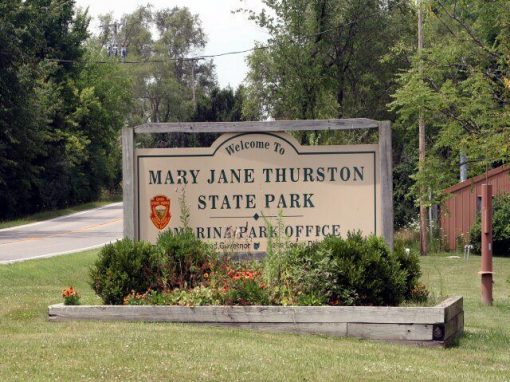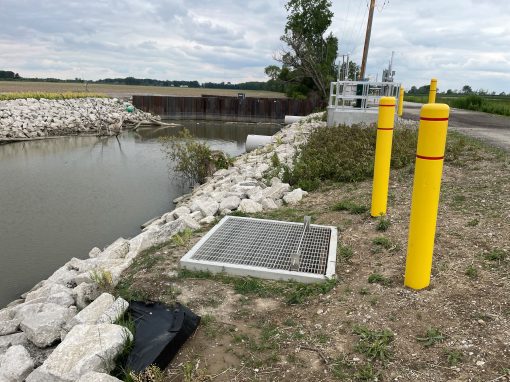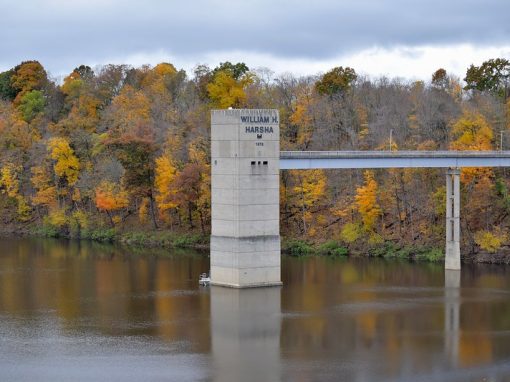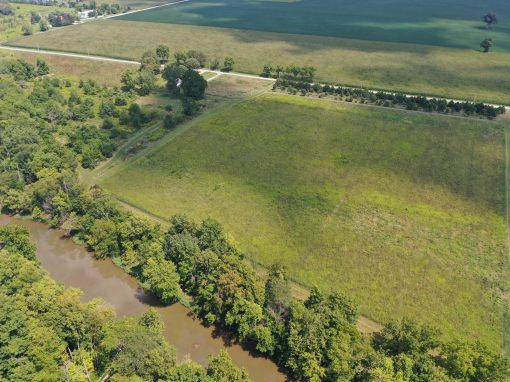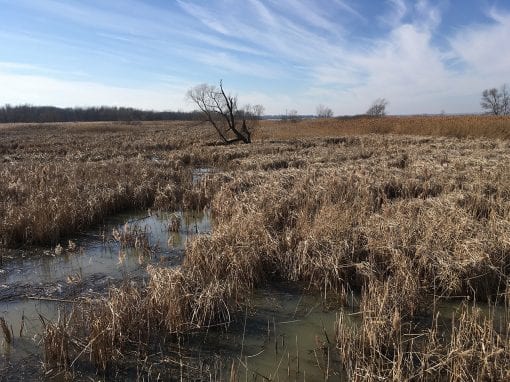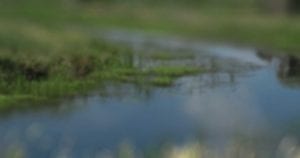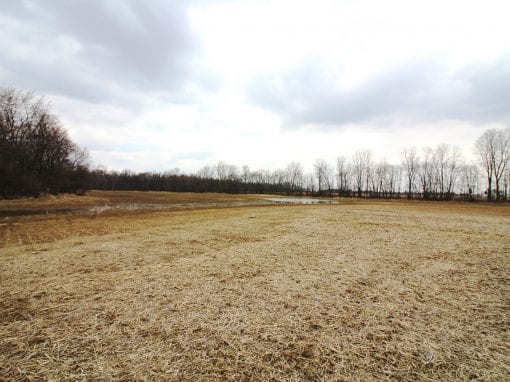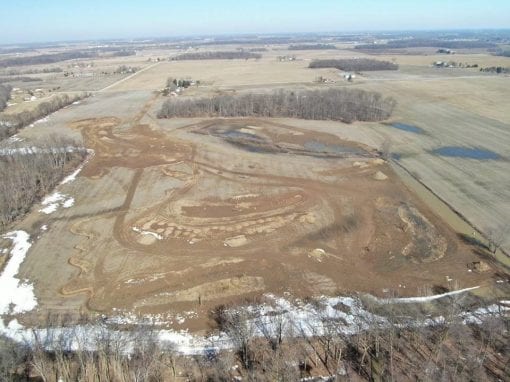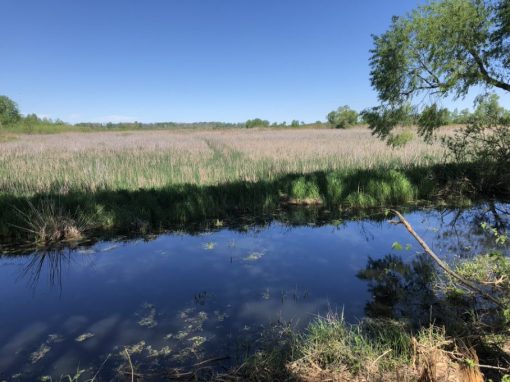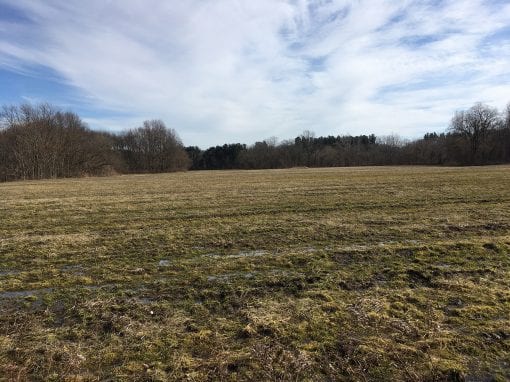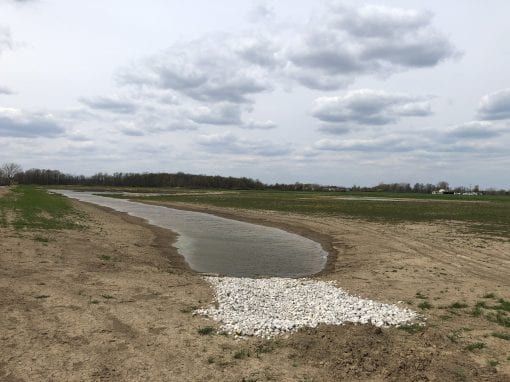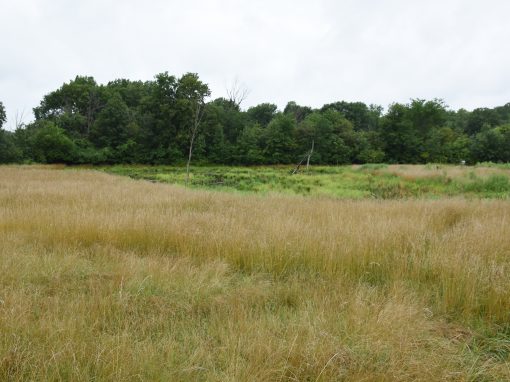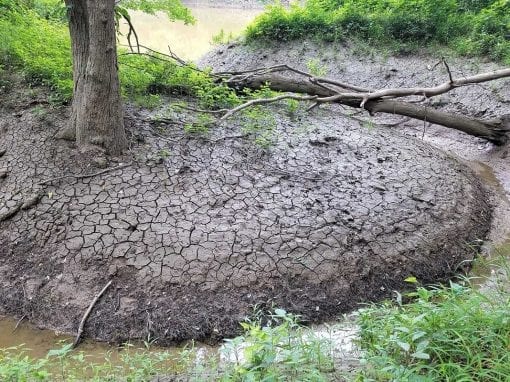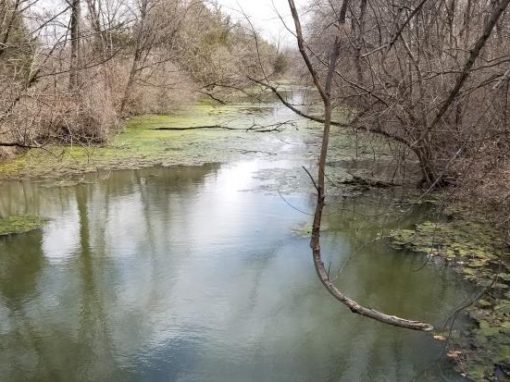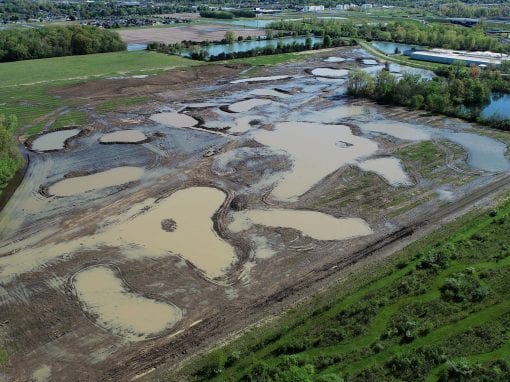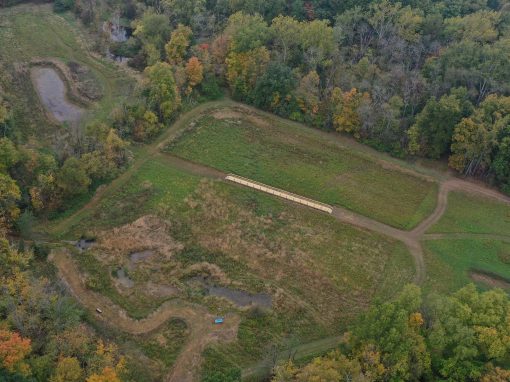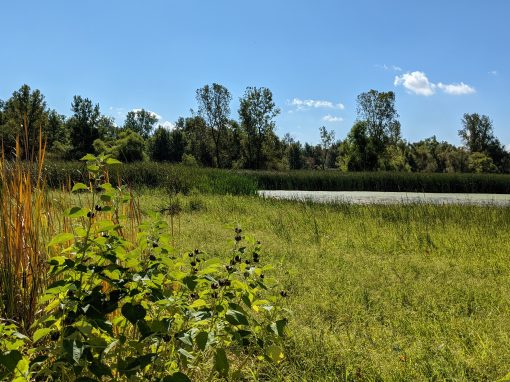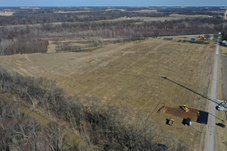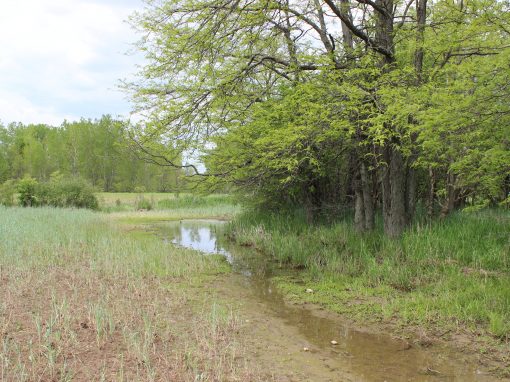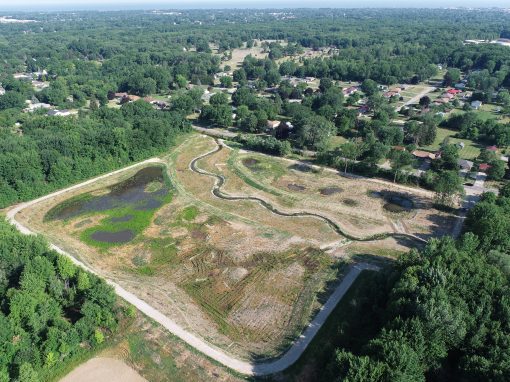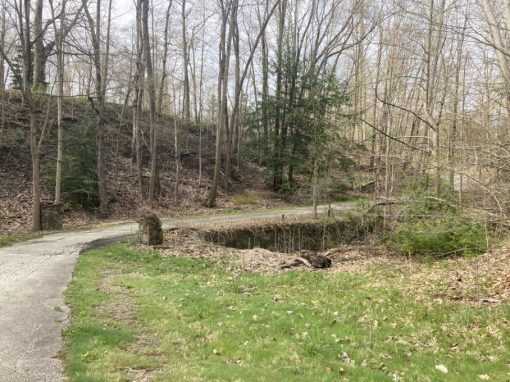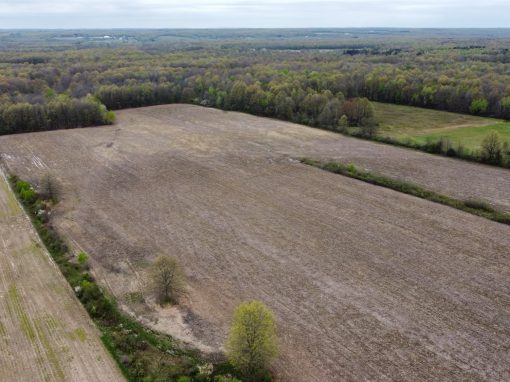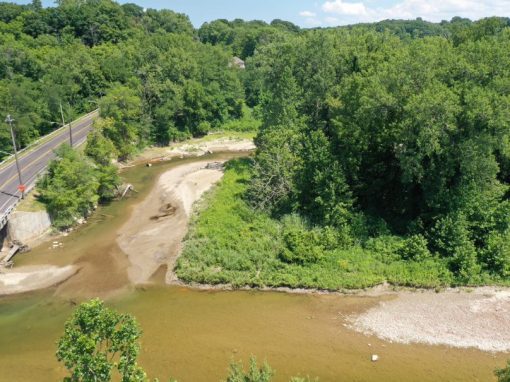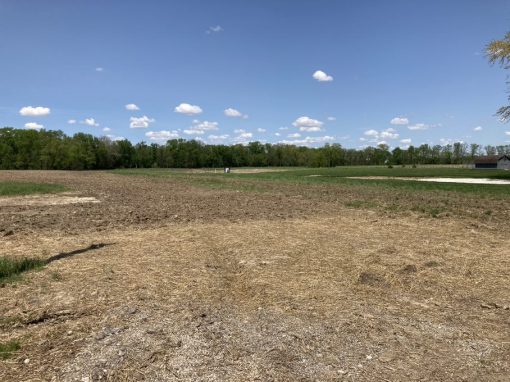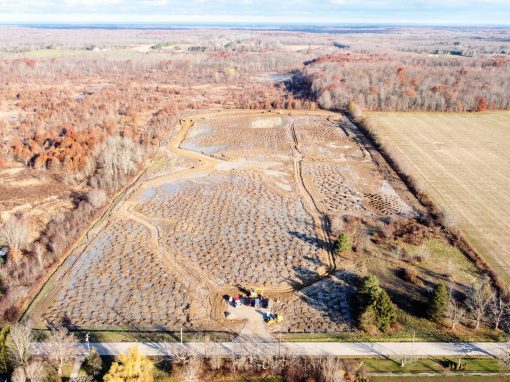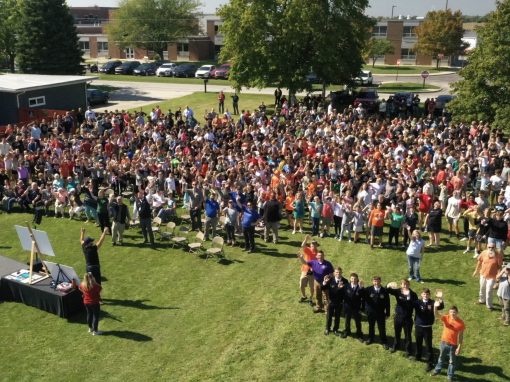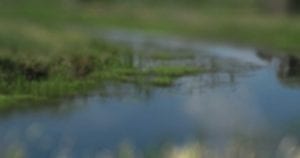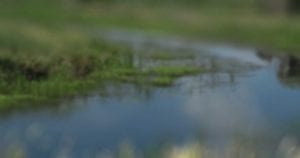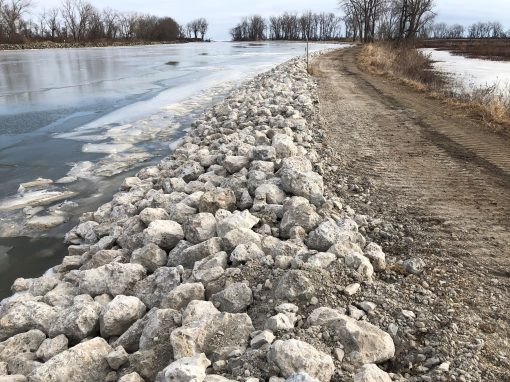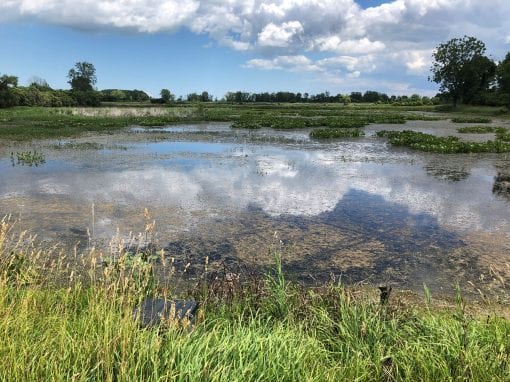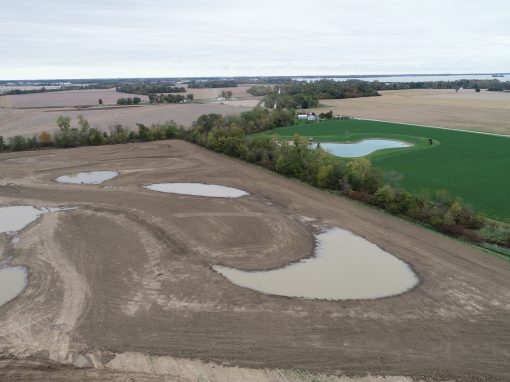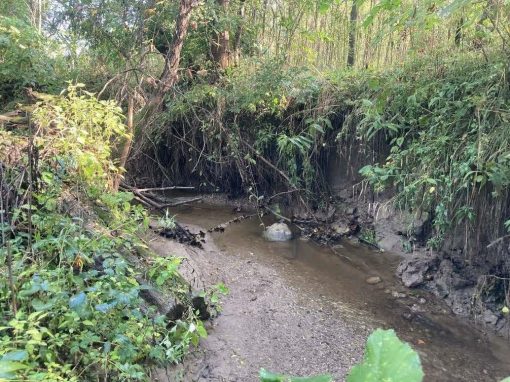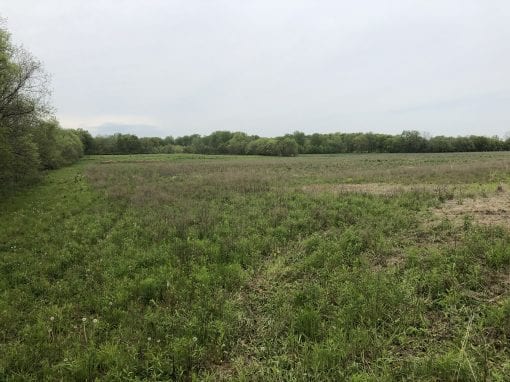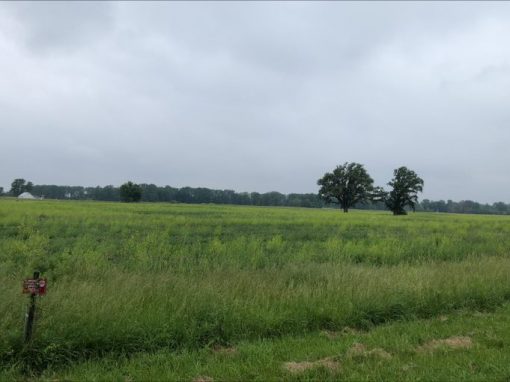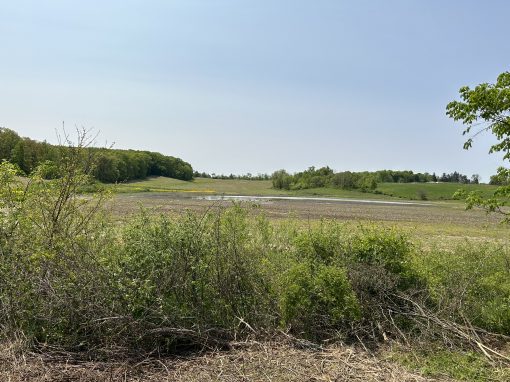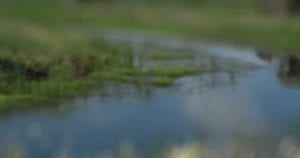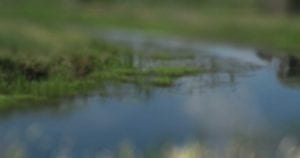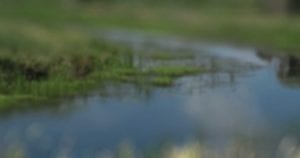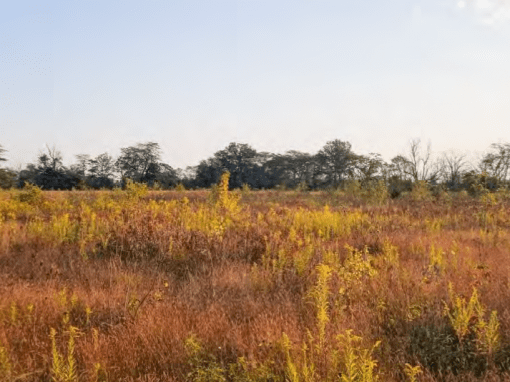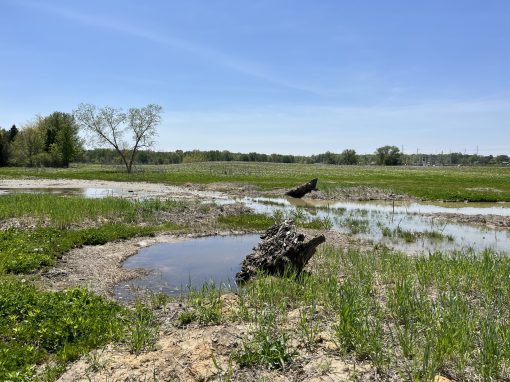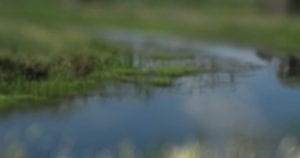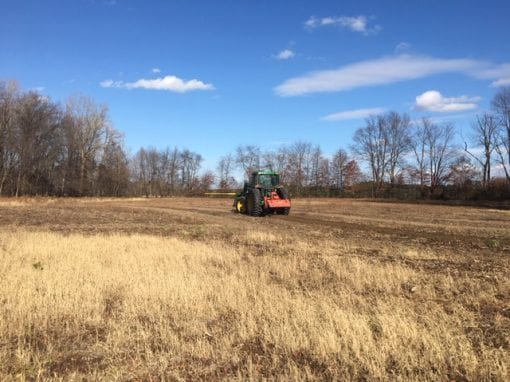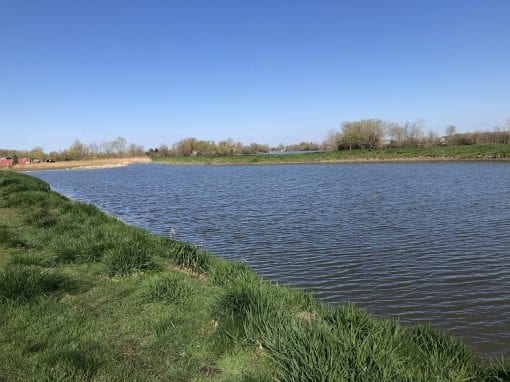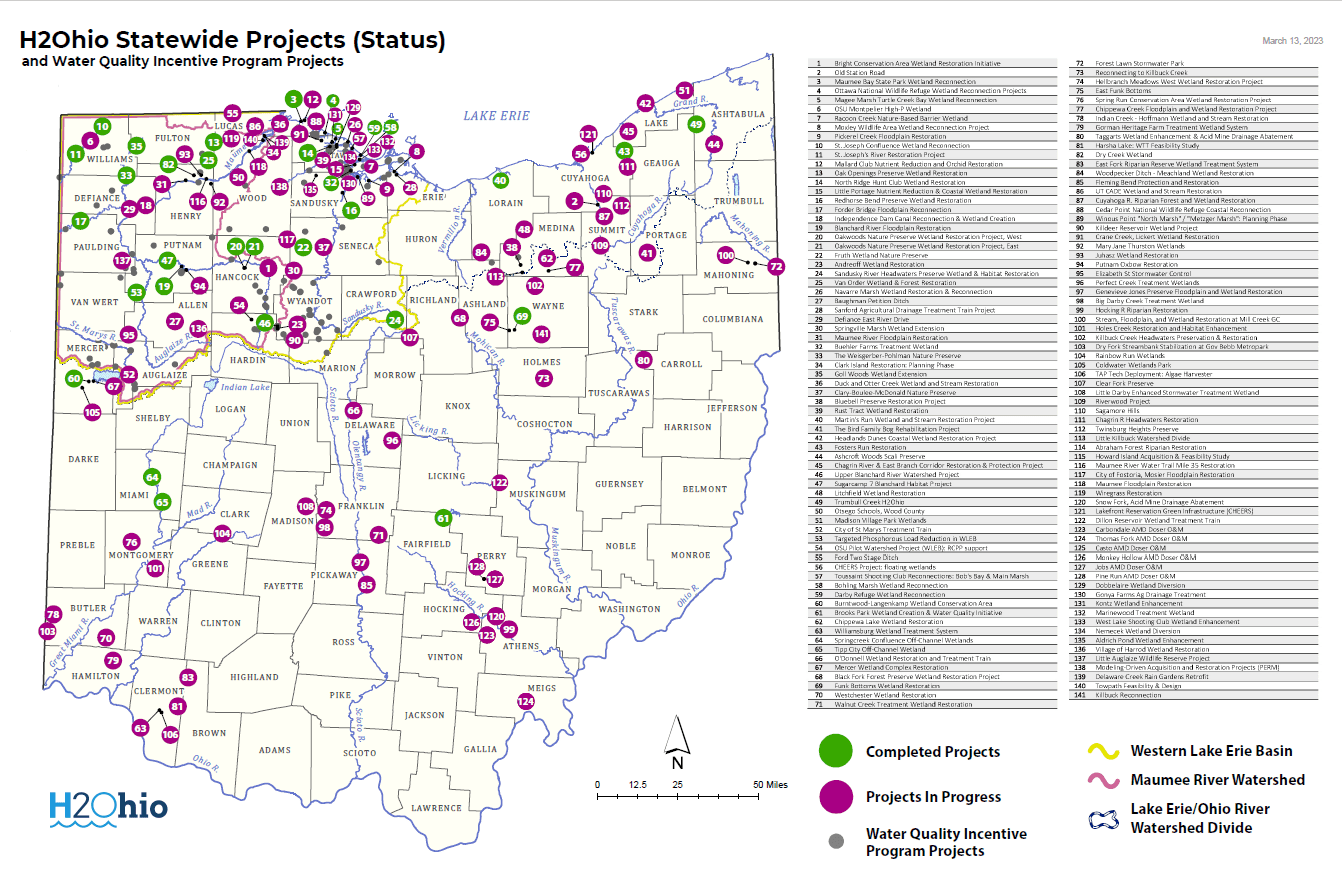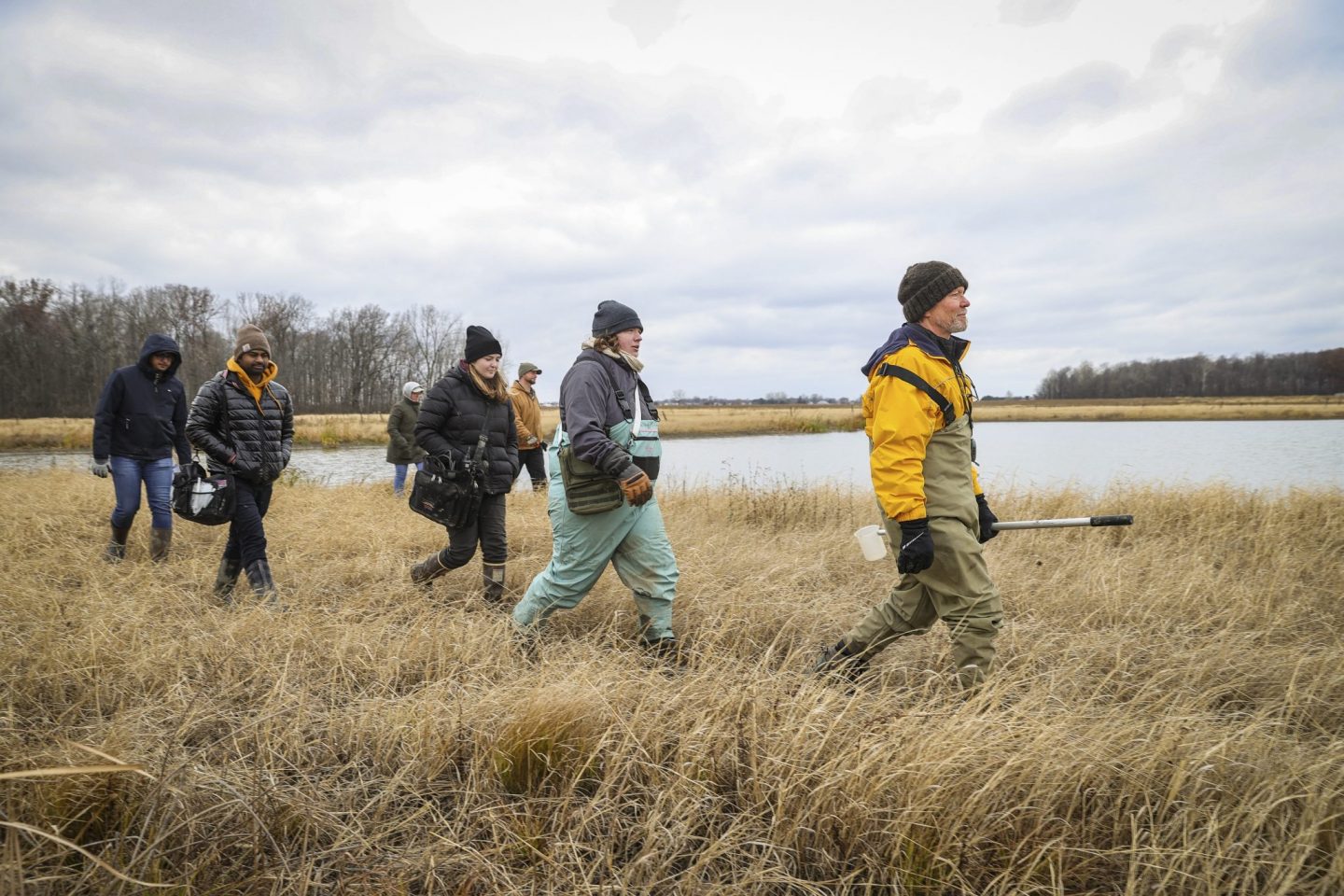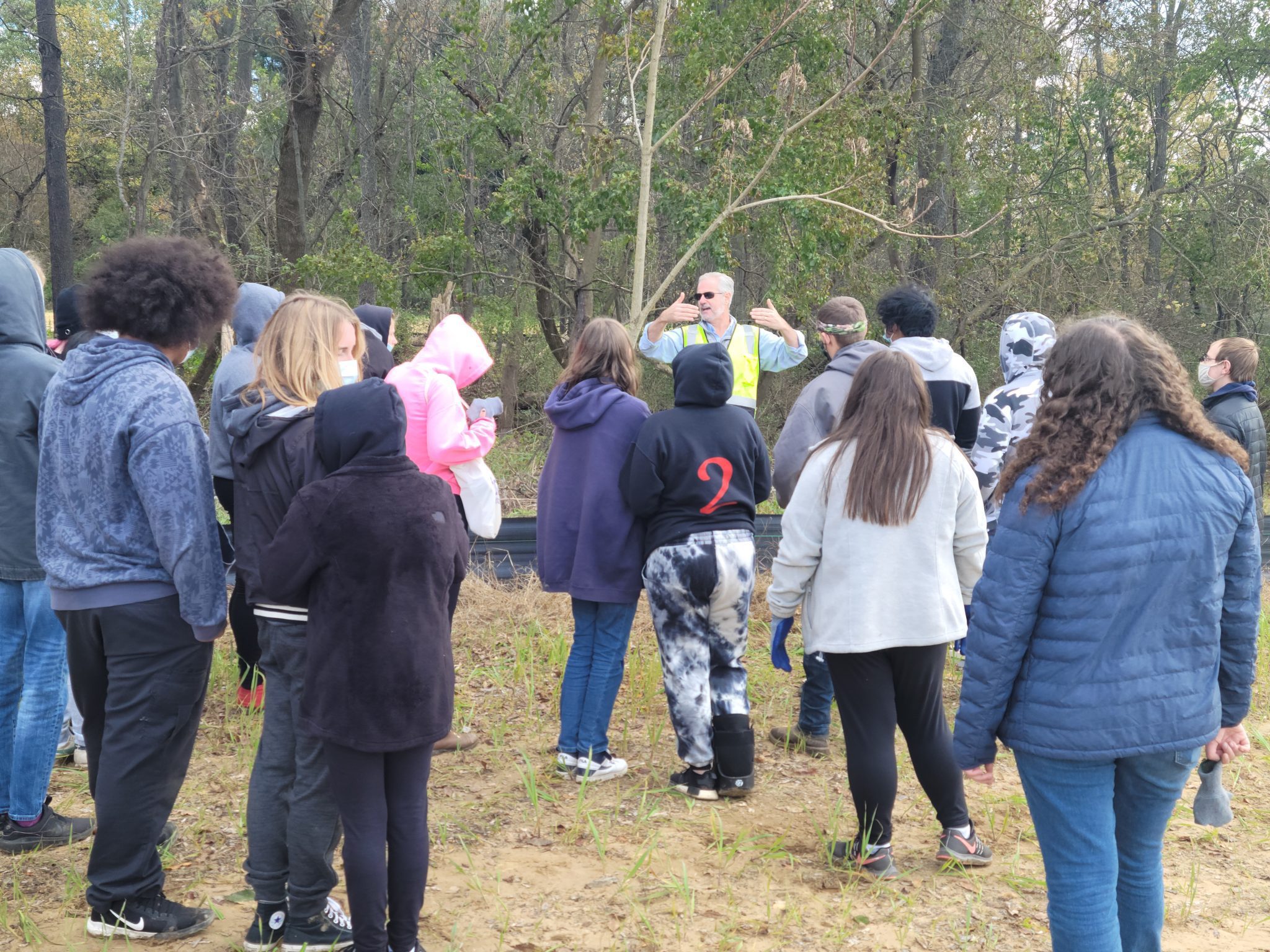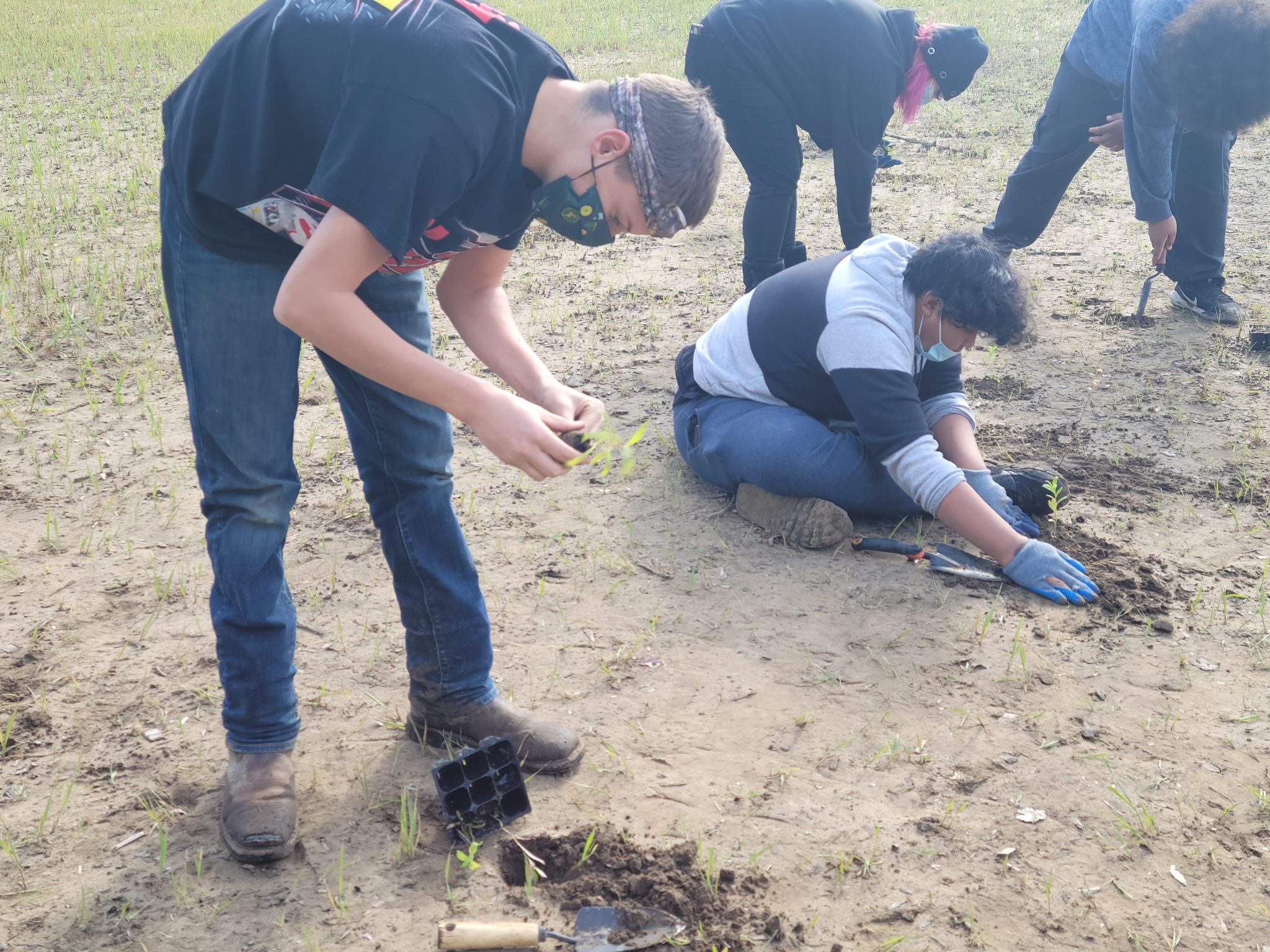Ohio Department of Natural Resources
Creating, Restoring, and Enhancing Wetlands
The Ohio Department of Natural Resources’ (ODNR) H2Ohio projects are focused on creating, restoring, and enhancing wetlands around Ohio.
In the News
Wetland Projects
Why We Need Wetlands: Runoff, Nutrients, and Phosphorus
Rain and snow events deliver water to the landscape surface. Some of this water is absorbed by plants, recharges groundwater sources or is lost to evaporation. Excess water runs off the landscape transporting sediments and nutrients to lakes and streams. This is runoff. Runoff is a natural process but over-fertilization of the landscape in urban and rural areas causes these waters to contain too many nutrients.
Fertilizers are tools used to encourage plant growth in lawns, gardens, and agriculture. Most fertilizers consist of nitrogen, phosphorus, and potassium which are three key nutrients for the growth of plants. Application of these nutrients can make our lawns greener and fields more productive, but some fertilizer often remains leftover in the soil. Thus, runoff from heavy rainfall events often moves this remaining fertilizer to our lakes and streams. These excess nutrients fuel the growth of algae in Ohio’s water bodies. Algal blooms can be unsightly, a nuisance and harmful.
Wetlands are a natural landscape feature that can help capture excess sediments and nutrients to reduce algal blooms.
Why Wetlands?
Wetlands have been called “nature’s kidneys” because of their ability to filter impurities and nutrients from the water. Wetlands also can trap sediment and help process nutrients from runoff.
H2Ohio wetland projects are underway. Watch this video to learn more about where they are located and how they will help improve Ohio’s water quality.
How Do Wetlands Filter Water?
Wetlands offer a natural filtering process and help to achieve water quality goals in several ways:
Slow the flow
Wetlands slow the flow of water to allow nutrient-laden sediment to settle and help prevent further movement of contaminants
process and remove
Wetlands process and remove nutrients and other contaminants, helping to prevent their flow further down the waterway
Absorb and Hold
Soil can absorb and hold phosphorus and other nutrients, trapping them on the landscape and preventing them from moving further downstream
Visualizing Phosphorus Retention in Wetlands
The point at which a wetland becomes overloaded and can no longer retain additional phosphorus is called the wetland’s phosphorus retention capacity.
Explore the video to see how phosphorus moves through a coastal wetland at different rainfall events.
Wetlands: The Bottom Line
Research has proven that wetlands can be one of the most effective and cost-efficient ways to significantly improve water quality by preventing the flow of excess nutrients into our waterways and lakes where they provide fuel for algal blooms.
Wetlands are also critical habitat for a wide variety of wildlife and offer some of the best bird watching locations in Ohio, such as Magee Marsh along Lake Erie. The National Park Service estimates wetlands provide a home to at least one-third of all threatened and endangered species.
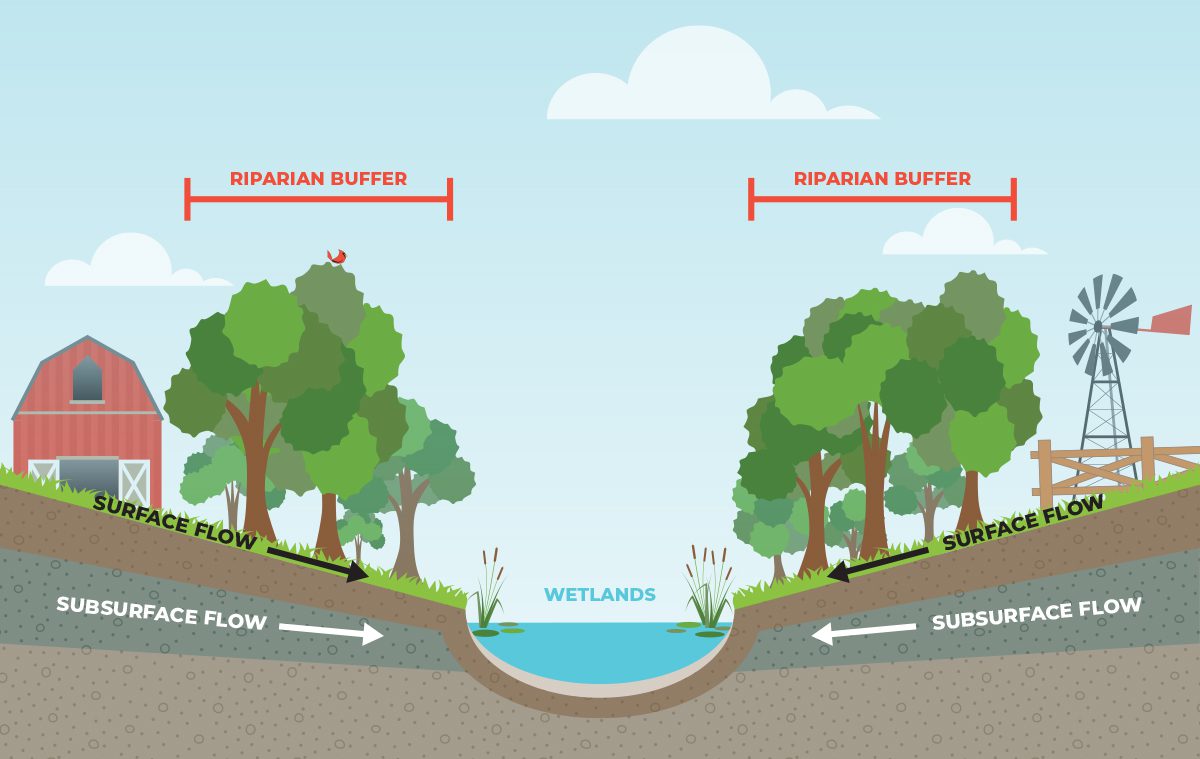
Riparian Buffers: A Natural Divider
Another tactic H2Ohio uses to keep waterways clean is the installation of riparian buffers, or lines of trees and vegetation.
Riparian buffers act to intercept sediment, nutrients, pesticides, and other materials in surface runoff and reduce nutrients and other pollutants in shallow subsurface water flow. Studies show that forested buffers remove 200-800% more nitrogen than non-forested buffers.
Riparian forest buffers also provide numerous aquatic habitat benefits, including lower water temperature, greater stream width, and higher quality streambed habitat.

Measuring Success: H2Ohio Wetland Monitoring Program
Governor Mike DeWine’s H2Ohio Initiative, a comprehensive, data-driven approach to improving Ohio’s water quality, has enlisted the Lake Erie and Aquatic Research Network (LEARN) to partner with ODNR on the H2Ohio Initiative’s wetland monitoring plan.
The Lake Erie and Aquatic Research Network (LEARN) is a group of field stations, scientific laboratories and diverse researchers within Ohio working together to promote collaborative research, education and networking to address the challenges and opportunities facing Ohio’s freshwater resources. The group will assess the effectiveness and future role of implemented and planned wetland restoration projects under the H2Ohio Initiative.
Ultimately, ODNR and LEARN are designing this effort to not only track the effectiveness of wetland efforts, but also to inform future wetland construction and maintenance. This collaboration will study different types of wetlands to determine which are the most cost-effective for mitigating nutrient runoff to Ohio waters.
The program’s monitoring plan will allow LEARN researchers from Bowling Green State University, Heidelberg University, Kent State University, The Ohio State University, The University of Toledo, and Wright State University to sample across multiple wetland types either currently being constructed or planned for the near future. ODNR and state scientists recognize that each wetland type will require different sampling approaches and will likely vary in its capacity to reduce nutrient runoff. This comprehensive monitoring plan is designed to identify and capture these differences.
This agency-guided university effort will take advantage of existing monitoring infrastructure, such as weather stations and USGS gauges, university resources like Heidelberg University’s National Center for Water Quality Research, existing collaborations with agencies, non-profit organizations and industry, as well as additional funding opportunities and new partnerships.
In addition to the monitoring plan, strategic communications and outreach will regularly connect the scientists with stakeholders, agency staff, elected officials and media outlets. This will include webinars, fact sheets, a website and workshops to share data and current findings.
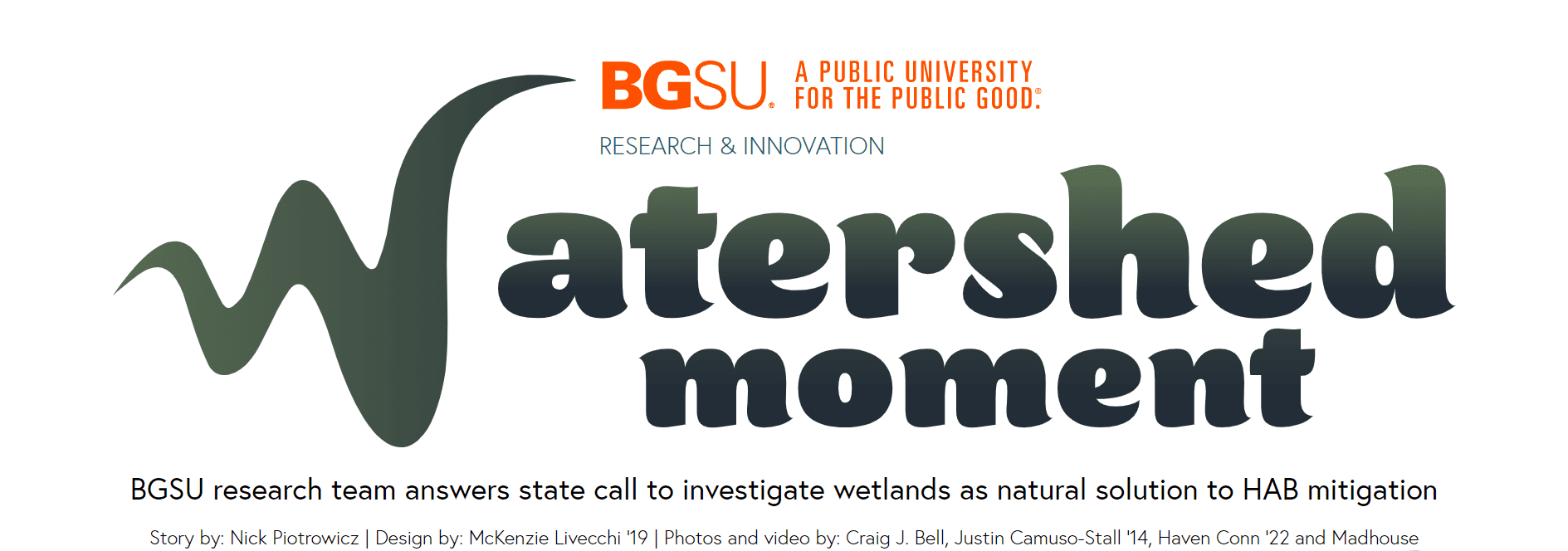
Dr. Robert Midden, Bowling Green State University and his team published a report detailing the progress LEARN has made to investigate wetlands as a natural solution to harmful algal blooms. Watershed Moment takes a deep dive into the H2Ohio wetland monitorng program.
“The amount of collaboration involved with H2Ohio gives researchers an unprecedented opportunity to shed light on wetlands’ effect on phosphorous and nitrogen transport, a specific question that impacts every stakeholder who relies upon Lake Erie.”
Click the image to view the full Watershed Moment report.
Students Take Action Program
The H2Ohio Students Take Action program provides middle and high school teachers and their students with enriched, real-world learning opportunities, access to wetland sites, career exploration opportunities, and more. Projects in this program urge students to “take action” with their ideas and use what they learn to positively impact their watershed. Real-world, student-led investigations may require students to adapt to the changing world, presenting opportunities for students to develop critical thinking and leadership skillsets. The program will focus on wetland restoration projects implemented under the H2Ohio initiative.
Take action examples include invasive species removal, water quality tests and investigation, stream quality monitoring, wildlife survey, and much more. The program will also introduce young people to Lake Erie through the Interpretive Paddle Program.
The program goals are to encourage citizen science, civic engagement, and Great Lakes stewardship in the next generation.
Teachers can sign up for the Students Take Action Program here. For more information, contact our H2Ohio naturalist at kara.freimark@dnr.ohio.gov.
Other Wetland Projects
There are a lot of organizations with the same mission as the H2Ohio initiative – to prevent harmful algal blooms in Lake Erie. These are projects that complement the restoration work done by the H2Ohio team and contribute to cleaner water for all of Ohio.
These projects in the Lake Erie Basin are not funded by the State of Ohio, but put the state closer to improving water quality overall.
ODNR H2Ohio Wetland Project Highlights





















